Bird watching, or birding, is a beloved pastime that connects people with nature while sharpening observational skills. Many beginners focus first on identifying birds by their visual characteristics—their field marks—studying the colors, patterns, and shapes that distinguish one species from another. However, experienced birders know a powerful secret: learning to identify birds by their sounds can dramatically enhance your birding experience and success rate. Many veteran birders recommend mastering bird calls before investing heavily in visual identification. This approach might seem counterintuitive, but it offers numerous advantages that can transform your relationship with birds and nature.
The Limitation of Visual Identification

When you’re out in the field, birds often don’t cooperate with your desire to see them. They hide in dense foliage, perch high in treetops, or fly overhead at speeds that make visual identification challenging. Many species are particularly secretive, rarely venturing into open areas where they can be easily observed. Additionally, lighting conditions can dramatically alter a bird’s appearance, making colors appear different depending on whether it’s dawn, midday, or dusk. Even with high-quality binoculars, these visual obstacles can frustrate birders who rely solely on sight. These limitations explain why experienced birders often hear far more species than they see during any given outing.
Bird Calls Are Always “On”

Unlike visual identification, which requires direct line of sight, bird calls work around the clock and in all conditions. Birds vocalize from dense thickets, inside tree cavities, at night, and in other situations where visual observation is impossible. Many species are significantly more vocal during breeding season, announcing their presence even when completely hidden from view. Even in migration, when birds may be less vocal, their call notes still provide identification clues. This constant audio presence means that by learning calls, you immediately expand your detection capabilities beyond what eyes alone could accomplish. The bird world has a continuous soundtrack that you can tap into once you learn to listen properly.
Early Warning System
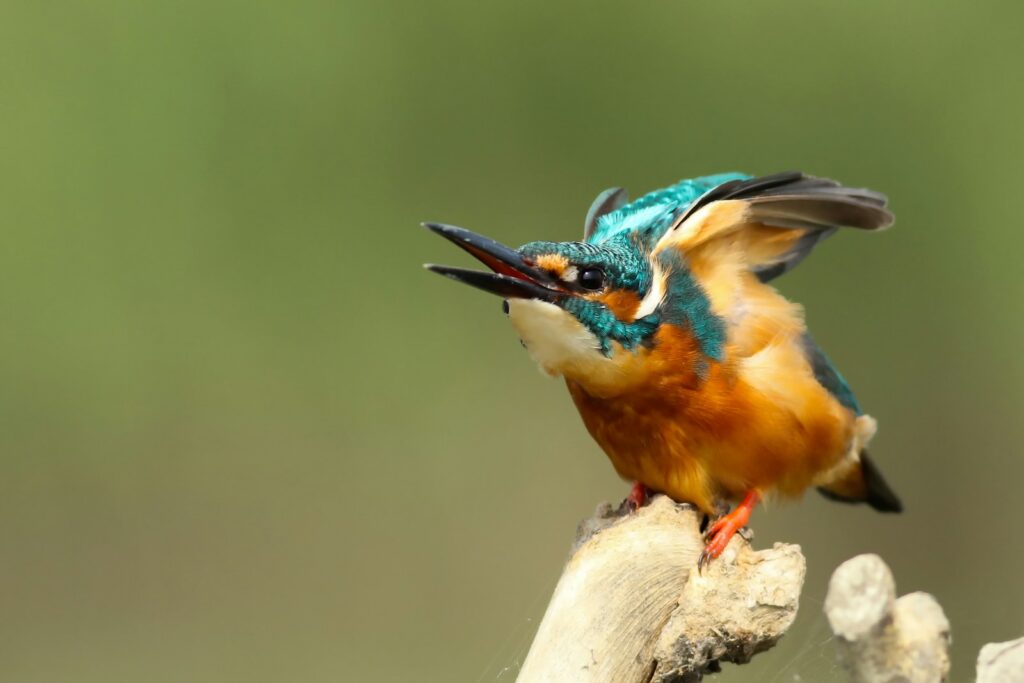
Bird calls serve as an advanced notification system that alerts you to the presence of species long before you might spot them visually. This early warning gives you time to prepare your binoculars and direct your attention to the right area. For example, hearing the distinctive “drink-your-tea” song of an Eastern Towhee alerts you to start scanning the undergrowth where this sometimes-shy bird forages. Similarly, recognizing the high, thin call of a Cedar Waxwing overhead gives you precious seconds to locate a flock that might otherwise pass without notice. This advanced knowledge transforms random encounters into deliberate observations, significantly increasing your bird identification success rate.
The Multiplier Effect
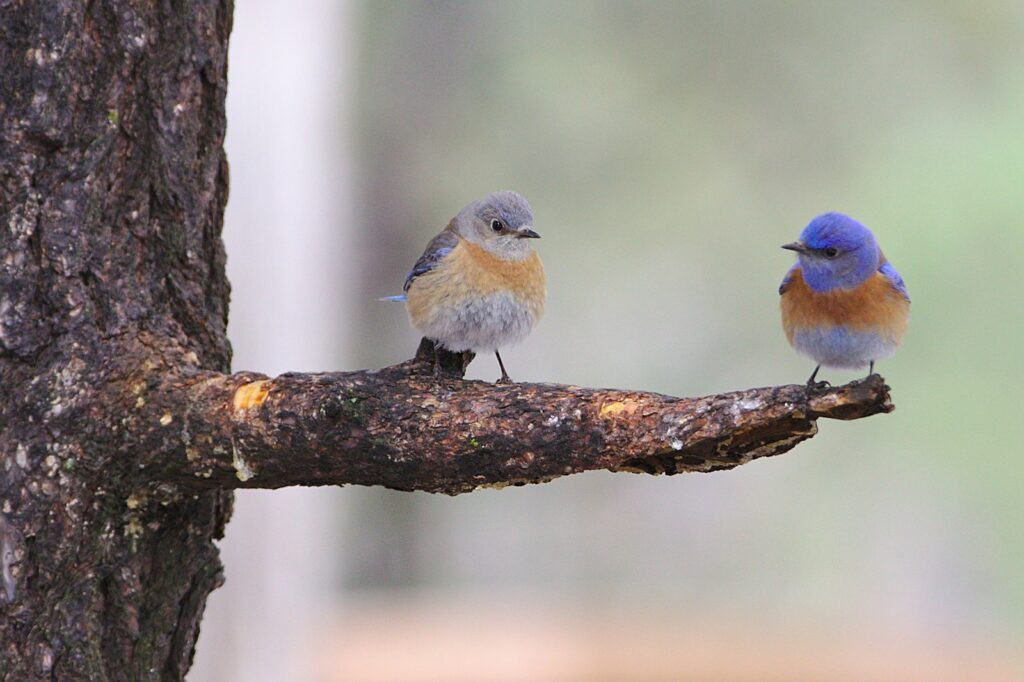
Learning bird calls effectively multiplies your birding capacity by engaging an additional sense. While your eyes can only focus on one area at a time, your ears can monitor a 360-degree environment simultaneously. This sensory advantage means you can detect birds in multiple directions and at varying distances all at once. On productive days, this multiplier effect allows experienced birders to identify dozens of species by ear while only confirming a fraction of them visually. The ability to process auditory information from the entire surrounding area gives listening birders an enormous advantage over those relying solely on visual cues. This comprehensive awareness transforms a walk in the woods from seeing occasional birds to experiencing a rich tapestry of avian life all around.
Breaking Through the Identification Plateau
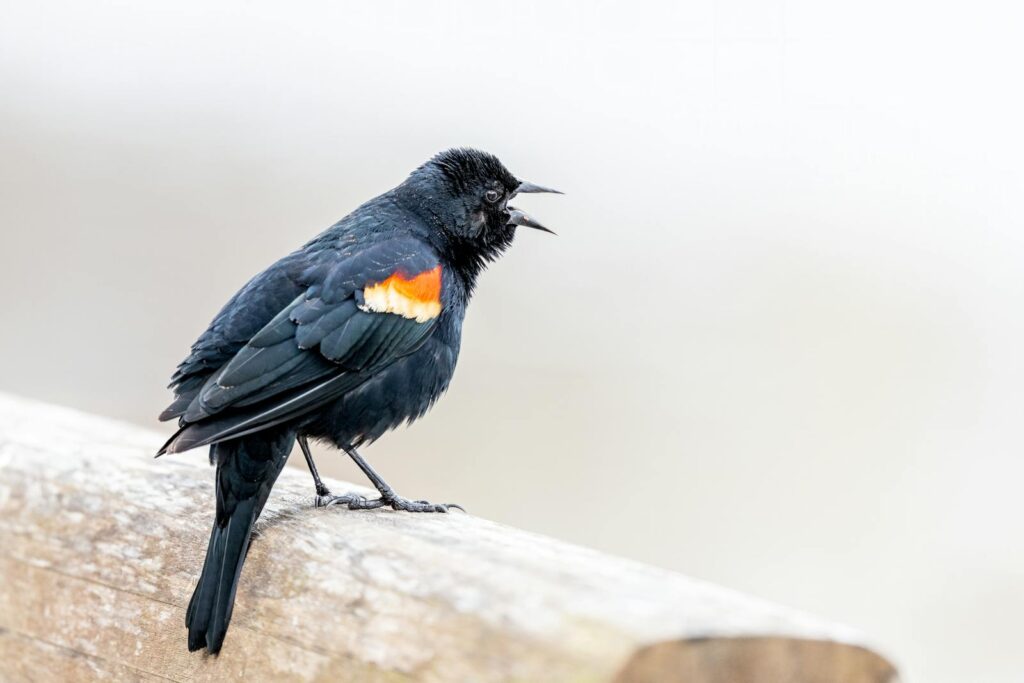
Many intermediate birders reach a plateau where they can easily identify common, conspicuous species but struggle to add new birds to their life list. This plateau often results from the limitations of visual-only identification. Learning bird calls can break through this ceiling by revealing the presence of secretive species that rarely show themselves. Birds like the Sora rail, American Bittern, or many owl species might go years without being spotted by visual-only birders, yet they regularly announce their presence through distinctive vocalizations. For woodland species like thrushes, vireos, and warblers, auditory identification skills can double or triple the number of species you can reliably find and identify. The birding world expands once you incorporate sound into your identification toolkit.
Building a Mental Sound Library
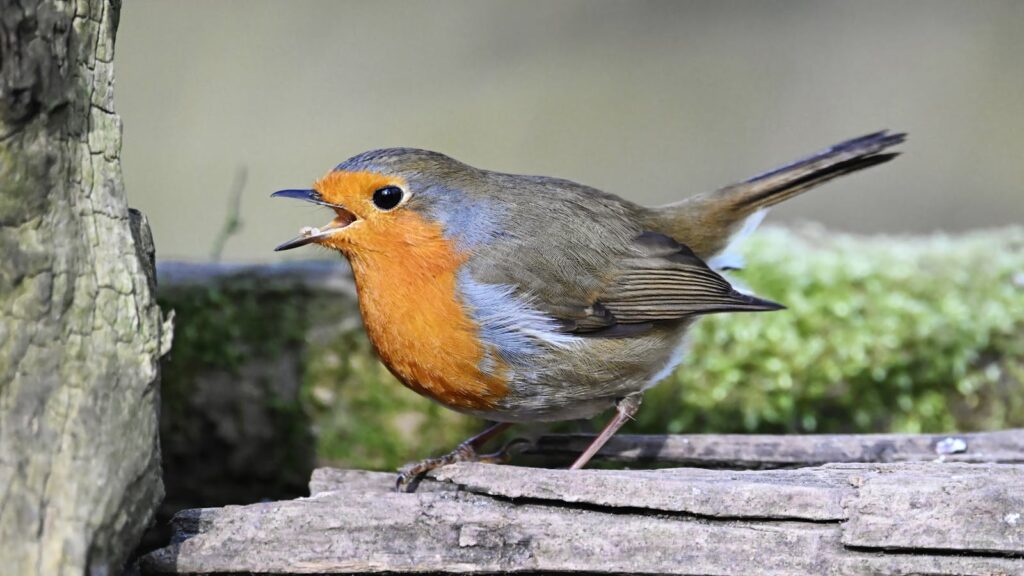
Learning bird calls creates a mental reference library that becomes increasingly valuable over time. Initially, this process might seem daunting, but human brains are remarkably adept at pattern recognition and auditory memory. Most birders start by learning just a few distinctive songs—perhaps the Carolina Wren’s “tea-kettle, tea-kettle” or the Eastern Phoebe’s raspy “fee-bee.” As this mental library grows, you’ll discover that new sounds automatically trigger curiosity and comparison to known calls. The learning process accelerates as your brain becomes trained to notice subtle differences between similar vocalizations. What begins as memorizing a few distinct songs eventually develops into an intuitive understanding of the sonic landscape around you.
More Efficient Learning Curve
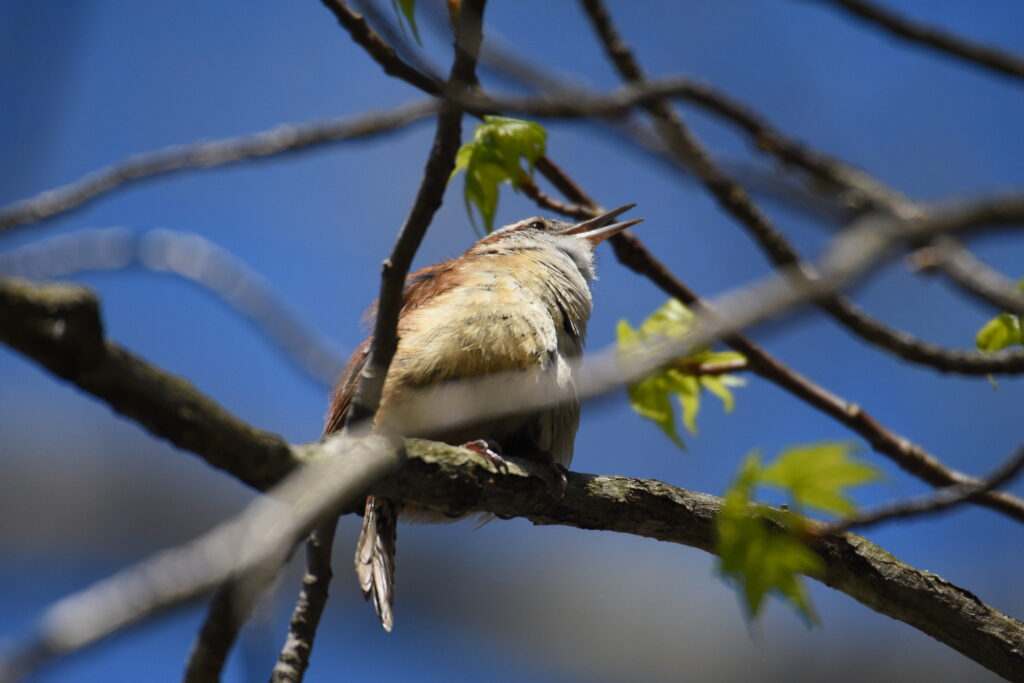
Despite initial appearances, focusing on bird calls often provides a more efficient learning path for beginners than memorizing visual field marks. Field marks require learning multiple features per species—head pattern, wing bars, bill shape, and more—while many birds have relatively distinct vocalizations that can be learned as single units. Additionally, the emotional impact of hearing a bird call often creates stronger memory retention than visual study alone. When you finally connect a memorized song with its singer in the field, the experience creates a powerful reinforcement loop that solidifies learning. Many birders report that songs “stick” in their memory more effectively than visual details, especially when those sounds can be associated with memorable phrases or mnemonics.
Year-Round Identification Advantages
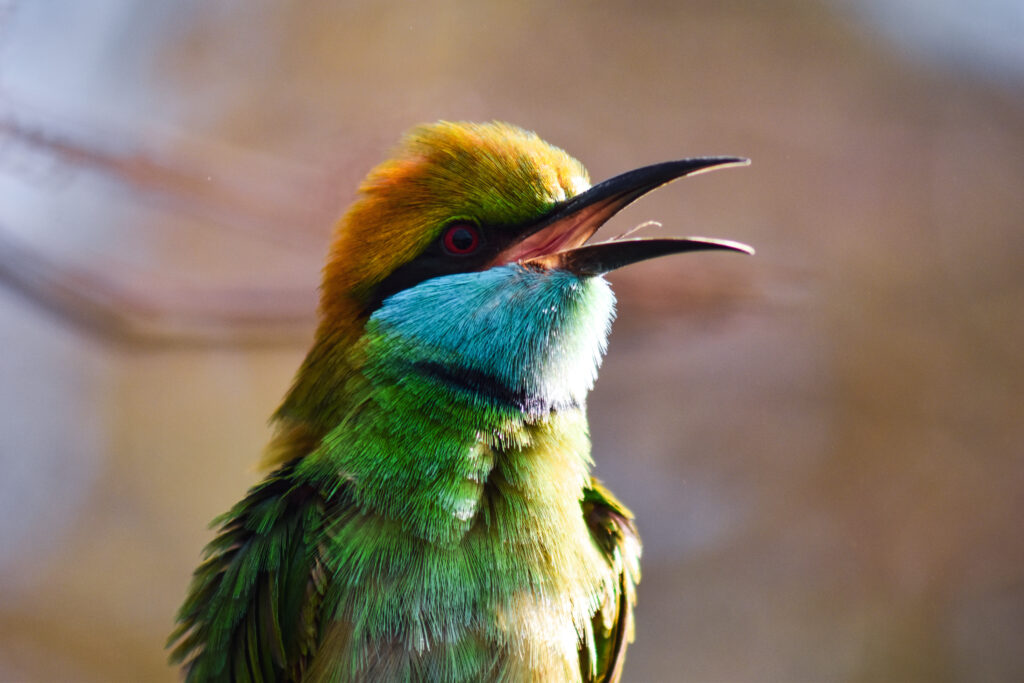
Seasonal changes in plumage can make visual identification challenging even for experienced birders. Many species look dramatically different in breeding versus non-breeding plumage, and juvenile birds often bear little resemblance to their adult counterparts. By contrast, while the intensity and frequency of bird vocalizations change seasonally, the fundamental qualities of their calls remain more consistent throughout the year. Even species that develop different seasonal songs typically maintain recognizable call notes. Learning these vocalizations provides a throughline of identification possibility regardless of seasonal plumage variations. This consistency becomes particularly valuable during fall migration when many birds appear in confusing immature or non-breeding plumages.
Enhanced Appreciation of Bird Behavior

Recognizing bird calls doesn’t just help with identification—it opens a window into understanding complex avian behaviors and communications. Birds use different vocalizations for territorial announcements, mating displays, contact calls, alarm signals, and more. Learning to distinguish between these different sound types reveals the rich social dynamics of bird communities. You might notice how a sharp chip note from a cardinal alerts all nearby birds to the presence of a hawk, or how the intensity of a song sparrow’s vocalization changes as it establishes territory boundaries. This deeper understanding transforms birding from simple species identification into a fascinating study of animal behavior and ecology.
Accessibility in All Conditions

Bird calls remain identifiable in conditions where visual observation becomes difficult or impossible. In poor lighting, dense fog, heavy rain, or even total darkness, birds continue to vocalize. Many species are most vocal at dawn before adequate light for visual identification is available. Nocturnal migrants call as they pass overhead on clear nights, and owls hunt through sound-filled darkness. Learning to identify birds by ear extends your birding opportunities into these challenging conditions, effectively doubling the available time for meaningful observation. This accessibility means you can continue bird study during early morning coffee on the porch, while walking the dog after sunset, or even while lying in bed with the windows open on spring nights.
Creating Deeper Memory Associations

The human brain creates stronger memories when multiple senses are engaged simultaneously. When you learn to associate a bird’s appearance with its distinctive sound, you create a multi-sensory memory connection that strengthens overall recall. This cognitive reinforcement works in both directions—hearing a song may help you remember visual field marks, while seeing a bird may trigger recall of its vocalization. These cross-modal associations create a more robust neural network of bird knowledge than either visual or auditory learning alone could establish. Experienced birders often report that certain birds forever remain linked to the first time they heard and saw the species, creating vivid, persistent memories that enhance the birding experience.
Modern Learning Tools Make It Easier Than Ever

Historically, learning bird calls required either direct mentorship or cumbersome recordings on tapes or CDs. Today, numerous apps, websites, and digital resources have revolutionized this learning process. Applications like Merlin Bird ID can instantly identify bird sounds captured on your smartphone, providing immediate feedback that accelerates learning. Other apps offer extensive libraries of recordings with multiple examples of each species’ repertoire. Online courses specifically dedicated to auditory identification guide beginners through the process systematically. These technological advances have dramatically lowered the barrier to entry for learning bird vocalizations, making what was once an advanced skill accessible to beginners from day one of their birding journey.
Building Toward a Complete Identification Skillset
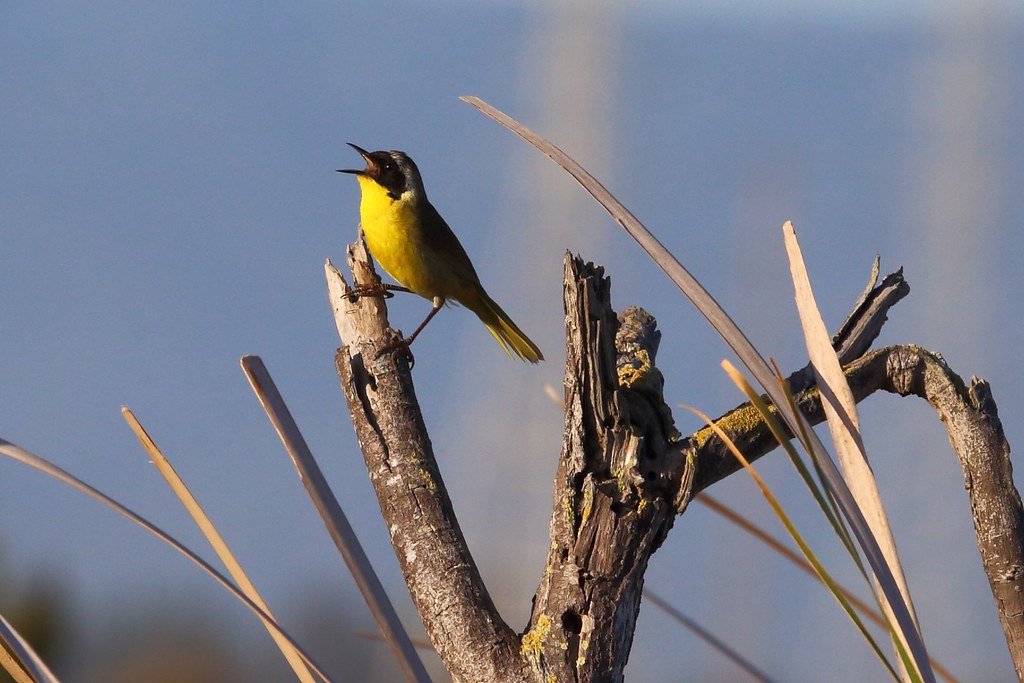
Learning bird calls first doesn’t mean abandoning visual identification—rather, it provides a foundation upon which to build comprehensive birding skills. The ideal approach combines both methods: using sounds to detect and preliminarily identify birds, then confirming with visual observation when possible. This complementary system creates a positive feedback loop that strengthens both skill sets simultaneously. As you progress, you’ll develop the ability to make preliminary identifications based on subtle cues like flight pattern, habitat preference, behavior, and season, all informed by the auditory detection that often initiates the observation. Advanced birders seamlessly integrate all available information, with sound frequently providing the first crucial clue in the identification process.
In conclusion, prioritizing bird calls over field marks represents a strategic approach to birding that aligns with how birds present themselves in nature. While colorful illustrations in field guides might suggest that visual identification should come first, the reality of field birding often proves otherwise. Birds are frequently heard before they’re seen—if they’re seen at all. By developing your auditory identification skills early, you’ll immediately expand your awareness of the birds around you, detect more species, and create stronger, multi-sensory connections to the avian world. As your birding journey progresses, you’ll naturally integrate visual identification skills to create a complete approach to bird observation. But for beginners looking to gain maximum enjoyment and success with minimum frustration, learning to bird by ear offers the most direct path to a meaningful connection with the fascinating world of birds.
